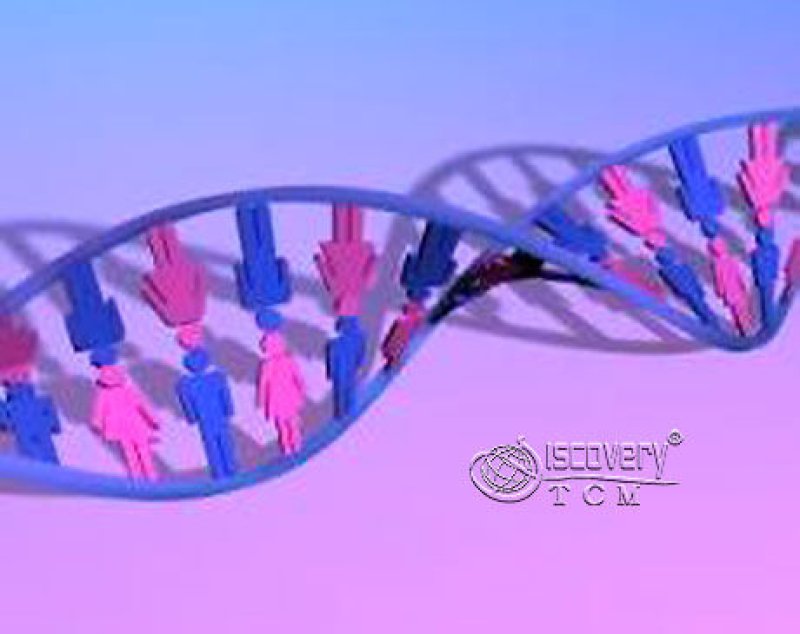 For the first time, researchers at the University of Washington have determined almost the complete genome of a fetus, using only a blood sample from the mother and a saliva sample from the father. This accomplishment will make it easier for parents to know the DNA blueprint of their child months because it is born, and without any invasive tactics. However, this new discovery also promises to raise some controversy- will the ability to know so many traits about an unborn child lead to more abortions based on the parents’ preferences?
For the first time, researchers at the University of Washington have determined almost the complete genome of a fetus, using only a blood sample from the mother and a saliva sample from the father. This accomplishment will make it easier for parents to know the DNA blueprint of their child months because it is born, and without any invasive tactics. However, this new discovery also promises to raise some controversy- will the ability to know so many traits about an unborn child lead to more abortions based on the parents’ preferences?
“There are some scenarios that are extremely troubling,” said Marcy Darnovsky, associate executive director of the Center for Genetics and society, a public interest group in Berkeley, California. Darnovsky fears that the cutting-edge technology will raise questions on who “deserves to be born.”
Bioethical implications are emerging with the new technology. Some critics have suggested that the test should not be used to test for abnormalities including schizophrenia, autism and intellectual impairments, due to the suggestion that these may influence parents to abort the fetus. Critics expound on this fear by worrying that parents may even use the test to create an “ideal” child- with a certain desired hair color, eye color and disposition.
Despite the looming ethical issues the new test may raise, it is no doubt a huge achievement in the field of genetics. “It’s an extraordinary of technology, really quite remarkable,” said Peter Benn, professor of genetics and developmental biology at the University of Connecticut.
The process of performing the test as of now is not practical or affordable. The test itself is also not accurate for use now. But the new discovery does pave the way for a better understanding of prenatal genetics, and keeps us asking- what’s next?































